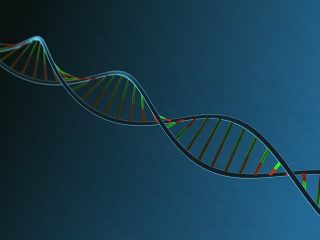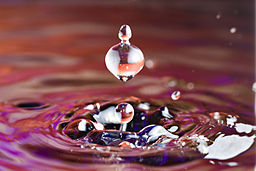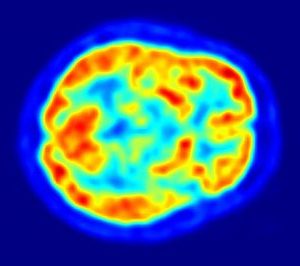Life Extension: Ending It All
May 21, 2011Heart to Heart
June 11, 2011 While lab-grown skin has been around for a while (relatively speaking!) and artifical bladders have already been used medically, the problem with growing solid organs is that their three-dimensional structure can be important, both in terms of localisation of cells with different specialisations and the blood supply to the organ.
While lab-grown skin has been around for a while (relatively speaking!) and artifical bladders have already been used medically, the problem with growing solid organs is that their three-dimensional structure can be important, both in terms of localisation of cells with different specialisations and the blood supply to the organ.
Three recent advances have brought us closer to this goal:
- New livers have successfully been grown for rats by stripping donor livers of their cells and repopulating with adult hepatocytes (liver cells). Stripping the donor liver removes all cellular material so immune rejection is no longer a problem, while retaining the micro network of blood vessels (and providing a scaffold to boot).
- In other work, liver cells from human iPSCs (induced pluripotent stem cells) were found to engraft and function as efficiently as primary hepatocytes. This is important because whereas liver cells are naturally good at regenerating livers, this is not true of most organs, so the ability to use your own stem cells to regenerate organs is critical.
- And we may even be able to bypass the stem cell stage: hepatocytes generated directly from fibroblasts (common cells) have repaired damaged livers in mice.
Taking all three together, I wonder how long it will be before we can grow any vital organ using our own cells seeded onto a scaffold from something like a pig (pigs are useful for this as their organs have a similar size to ours)? The days of waiting sometimes fruitlessly for transplants and then putting up with years of compromised immune function will be gone.



